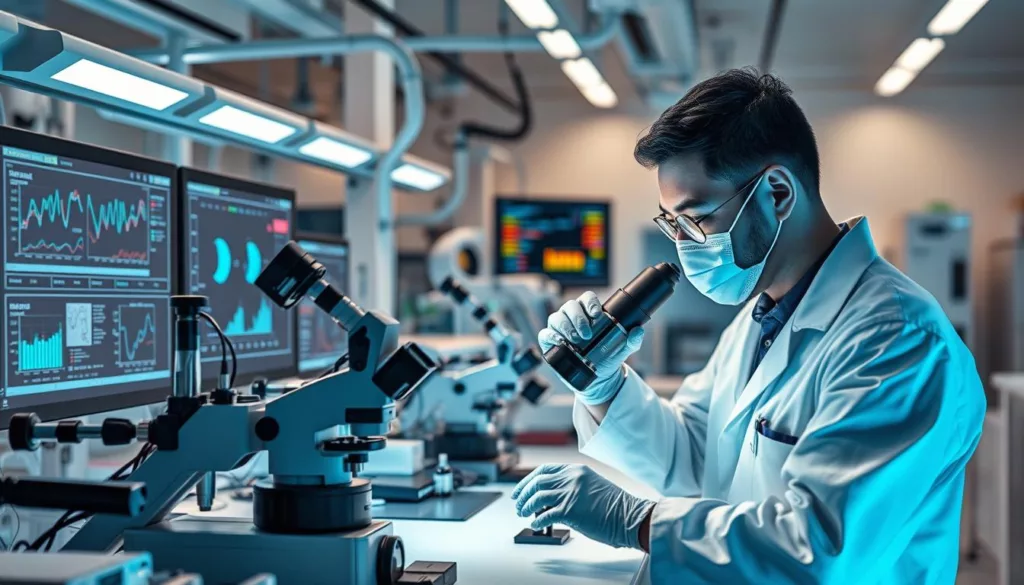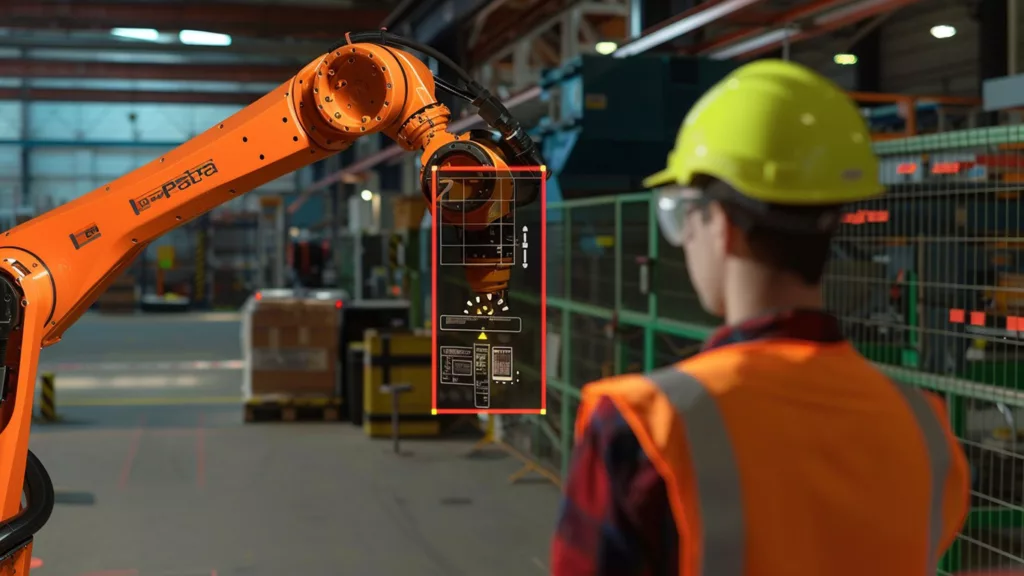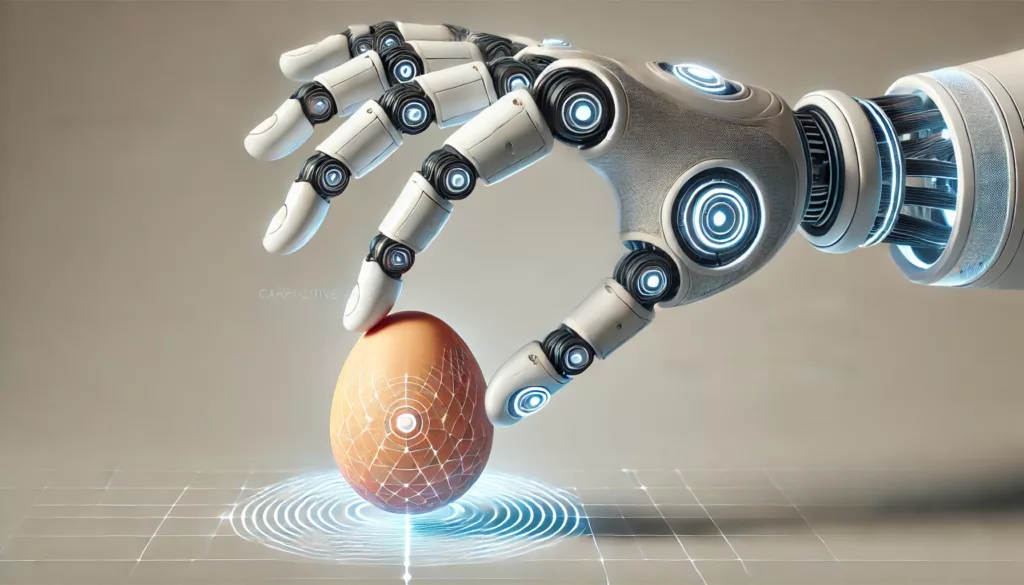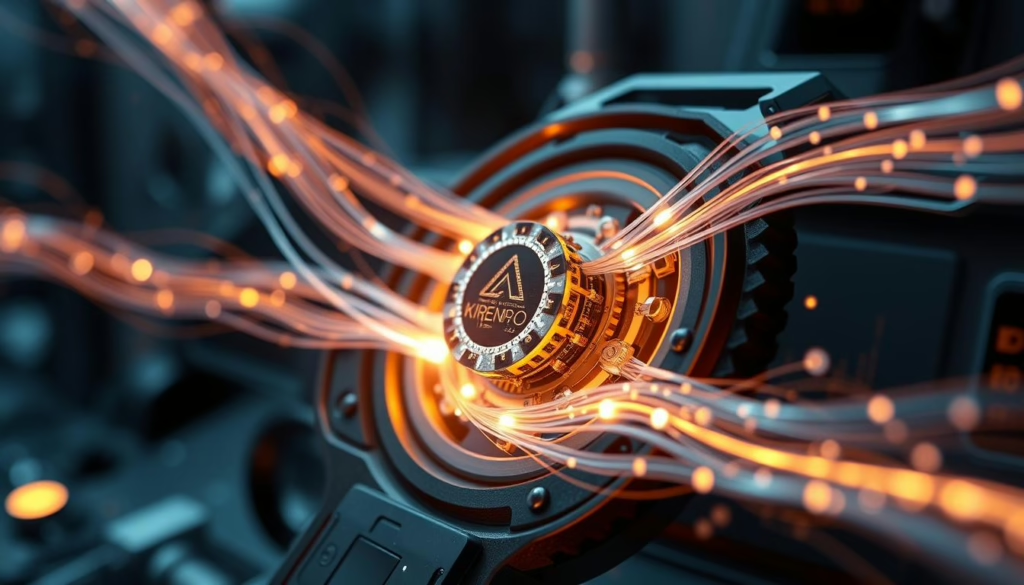From precision robotics to futuristic healthcare, force sensors are shaping the intelligent world of tomorrow. As we step into 2025, their integration into modern technology is more critical than ever. These compact yet powerful components measure force, load, pressure, or weight, enabling smarter automation, safer environments, and revolutionary human-machine interactions.
Let’s explore the top 5 applications of force sensors in 2025, showcasing how these tiny devices are making a massive impact.
Force Sensors in Industrial Automation
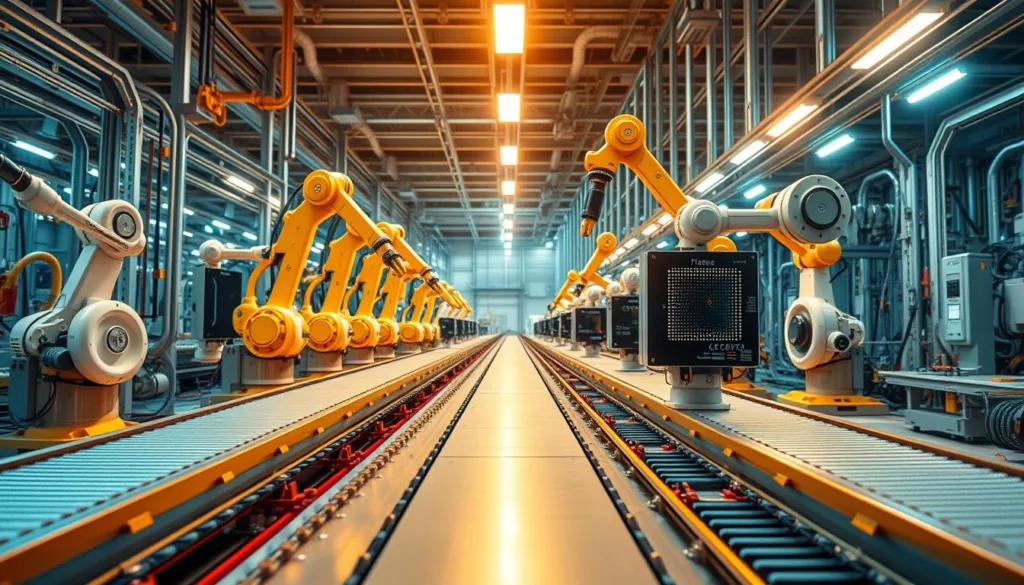
In 2025, force sensors are key players in industrial automation, ensuring precision and safety. These sensors allow robotic arms to detect and adjust pressure levels when handling delicate components or performing complex assembly tasks. Whether it’s aligning microchips or welding metal sheets, force sensors guarantee consistency and reduce human error.
Factories now use force sensors to monitor equipment performance in real-time, minimizing downtime and improving productivity. They’re also essential in predictive maintenance, where abnormal force readings signal potential mechanical issues before they become costly failures.
Healthcare and Medical Devices Using Force Sensors
Medical advancements have embraced force sensors with open arms. In 2025, prosthetics and exoskeletons integrate force-sensing technology for enhanced mobility and responsiveness. By detecting force and pressure from user inputs, these devices replicate more natural movement and provide better control.
Surgical robots now feature high-precision force sensors to improve tactile feedback, enabling surgeons to perform minimally invasive procedures with enhanced sensitivity. Additionally, force sensors are employed in patient monitoring systems to assess bed sores, rehabilitation progress, and even grip strength in elderly care.
Automotive Safety and Performance Enhancements
The automotive industry is evolving with smarter, safer vehicles, and force sensors are leading the charge. From electric vehicles to autonomous driving, force sensors in 2025 optimize vehicle dynamics, enhance occupant safety, and enable adaptive systems.
Airbags now use force sensors to detect crash intensity, deploying with the exact amount of force needed to protect passengers. In electric vehicles, regenerative braking systems benefit from force sensing to maximize energy recovery. Additionally, torque and load sensors improve steering systems, suspension performance, and tire monitoring.
Robotics and Human-Machine Collaboration
Collaborative robots, or cobots, thrive on precision and safety. In 2025, force sensors empower these robots to interact safely with humans in shared workspaces. Force feedback enables them to adjust grip strength, movement speed, and pressure dynamically.
Whether it’s sorting fragile items in a logistics center or assisting with rehabilitation exercises, cobots use force sensors to deliver reliable and adaptive responses. This not only boosts productivity but also enhances workplace safety and reduces fatigue-related injuries.
Consumer Electronics and Wearables
Force sensors have subtly integrated into our daily lives through consumer electronics and wearables. In 2025, smartwatches, gaming controllers, and VR systems use force sensors for enhanced interactivity. These sensors measure touch pressure and grip strength, providing more nuanced control and immersive experiences.
Fitness devices now use force sensors to track resistance training, posture, and biomechanics. Smart footwear measures walking pressure and gait for athletic optimization or medical diagnostics. The push toward personalized, data-driven insights is greatly supported by force-sensing technology.
FAQs
What are force sensors used for in 2025?
How do force sensors improve robotics?
Are force sensors used in electric vehicles?
What role do force sensors play in healthcare?
Why are force sensors important in consumer electronics?
Can force sensors help prevent industrial accidents?
Clear Call-to-Action (CTA):
XJCSENSOR is a leading sensor manufacturer offering custom force sensor solutions for your unique application needs. From industrial automation to cutting-edge medical devices, our sensors are trusted across industries for their precision, durability, and smart integration.
Ready to future-proof your projects with next-gen sensor tech?
Contact us today for expert consultation, explore our product catalog, or follow XJCSENSOR on LinkedIn to stay updated with the latest innovations!

